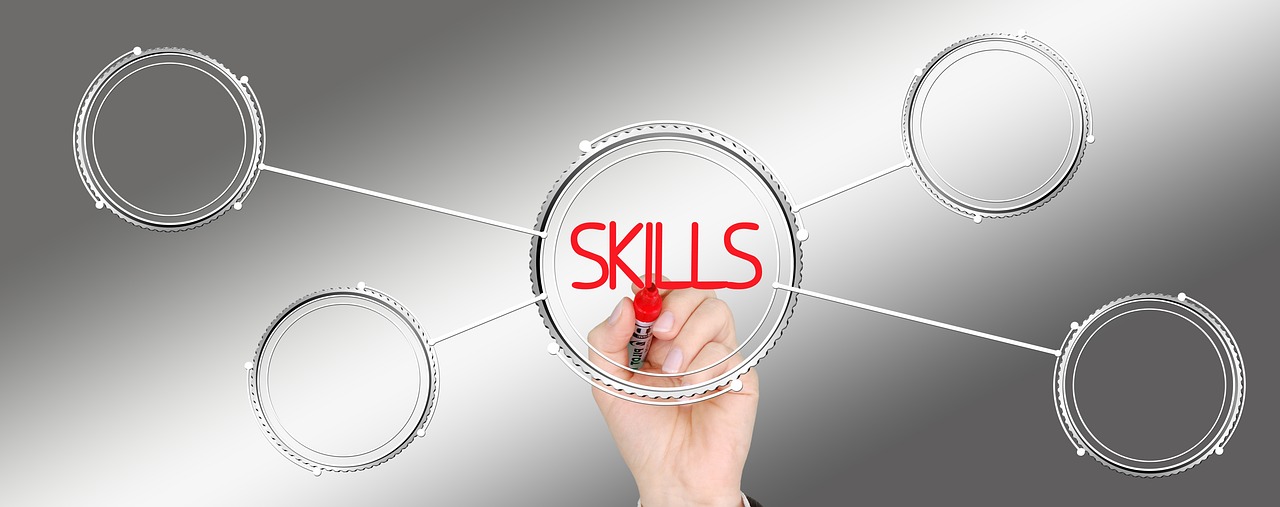Demystifying Eye Bags: Causes, Prevention and Effective Treatments
Under-eye bags, also known as periorbital puffiness, are a common cosmetic concern for both men and women. They often lead to a tired and aged appearance, causing distress and lowered self-esteem for many. This article will explore the causes of eye bags, how they can be prevented, and the various treatment options available today.
Understanding the Causes of Eye Bags
Eye bags are primarily caused by the natural aging process. As we age, the tissues and muscles around our eyes weaken, causing fat that helps support the eye to move into the lower eyelids. This results in a puffy, swollen appearance. Moreover, fluid may also accumulate in the space below our eyes, further enhancing the ‘baggy’ look.
Apart from aging, lifestyle factors such as lack of sleep, high salt intake, and excessive alcohol consumption can contribute to the formation of eye bags. Certain medical conditions such as allergies, eczema, and even hereditary predisposition can also play a part.
The Historical Context and Evolution of Eye Bag Treatments
Historically, remedies for eye bags were limited and primarily relied on home remedies. Cold compresses, cucumber slices, and tea bags were popular choices, believed to reduce swelling and tighten the skin.
However, the medical and cosmetic industry’s evolution has revolutionized the way we approach eye bags. Today, we have a range of options from topical creams and serums to non-invasive procedures and surgical interventions.
The Rise of Topical Treatments
With advancements in dermatological research, a plethora of topical treatments has emerged, promising to reduce, if not eradicate, the appearance of under-eye bags. These creams and serums often contain ingredients like retinol, hyaluronic acid, and vitamin C, known for their skin tightening and rejuvenating properties.
While these products are widely used and easily accessible, they are most effective for mild to moderate eye bags. For more severe cases, medical interventions may be needed.
Exploring Non-Invasive Procedures
Non-invasive procedures have gained popularity in recent years due to their minimal downtime and lower risk compared to surgery. Treatments such as laser resurfacing, chemical peels, and fillers have shown promising results in reducing under-eye bags.
Laser resurfacing works by stimulating collagen production, thereby tightening the skin and reducing the appearance of bags. Chemical peels, on the other hand, remove the outer layer of skin to reveal a smoother, more youthful-looking under-eye area. Fillers are used to fill in hollow areas, balancing out the puffiness caused by eye bags.
Surgical Interventions: A Last Resort
For severe eye bags that do not respond to topical treatments or non-invasive procedures, surgical intervention may be necessary. Blepharoplasty, also known as eyelid surgery, is the most common surgical procedure for eye bags. It involves removing excess fat and skin from the lower eyelid, resulting in a smoother, more youthful appearance.
Prevention is Better than Cure
While there are numerous treatments available for eye bags, prevention is always better than cure. Adopting a healthy lifestyle that includes a balanced diet, regular exercise, adequate sleep, and minimal alcohol consumption can significantly reduce the risk of developing eye bags. Moreover, using sun protection and keeping the skin well-hydrated can also help.
Conclusion
The journey in understanding and treating under-eye bags is an ongoing one. While we have made significant strides in this field, more research is needed to develop even more effective and accessible treatments. Regardless, it’s important to remember that everyone ages differently, and under-eye bags are a normal part of the aging process. So, embrace your unique beauty and remember, you are more than the bags under your eyes.




